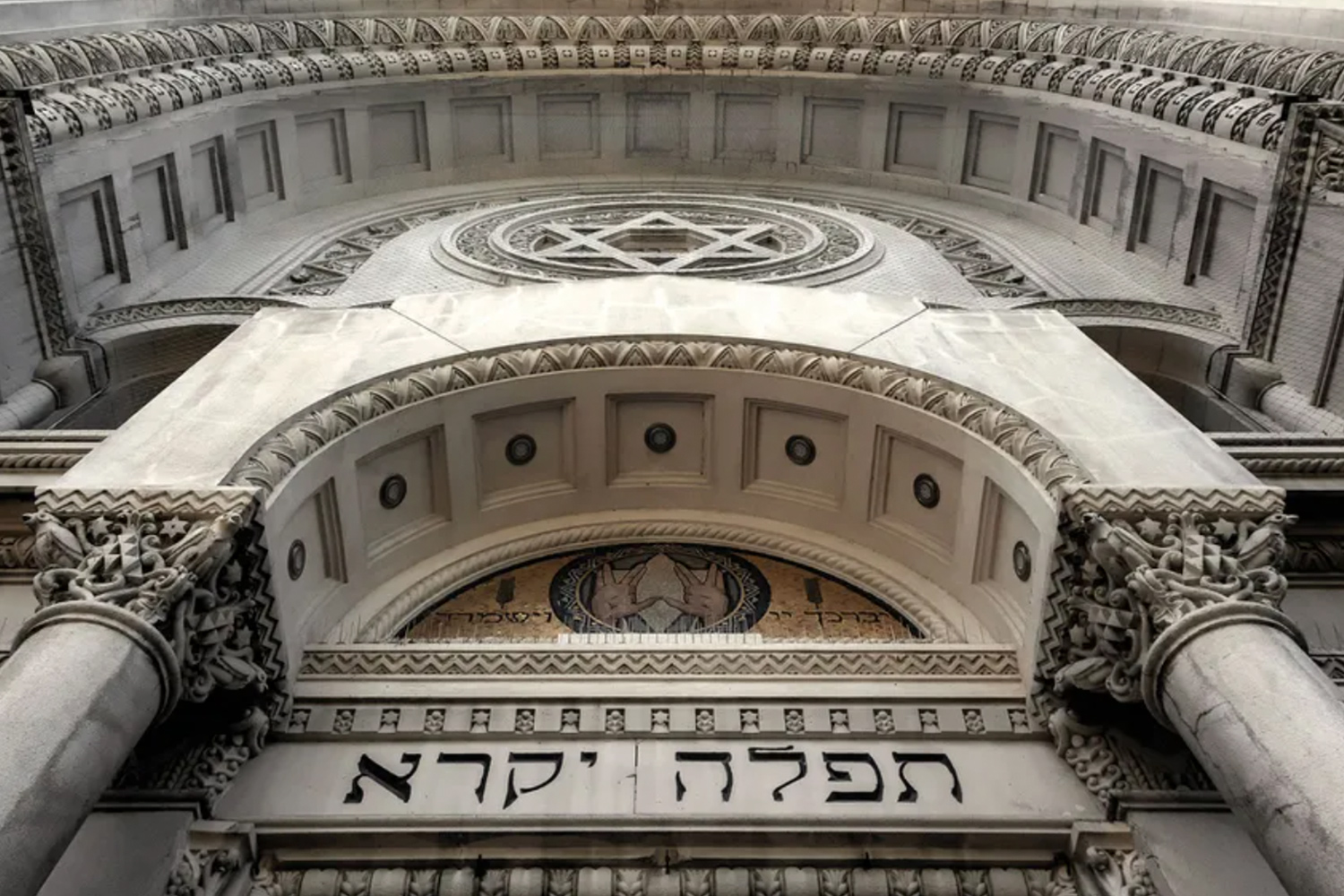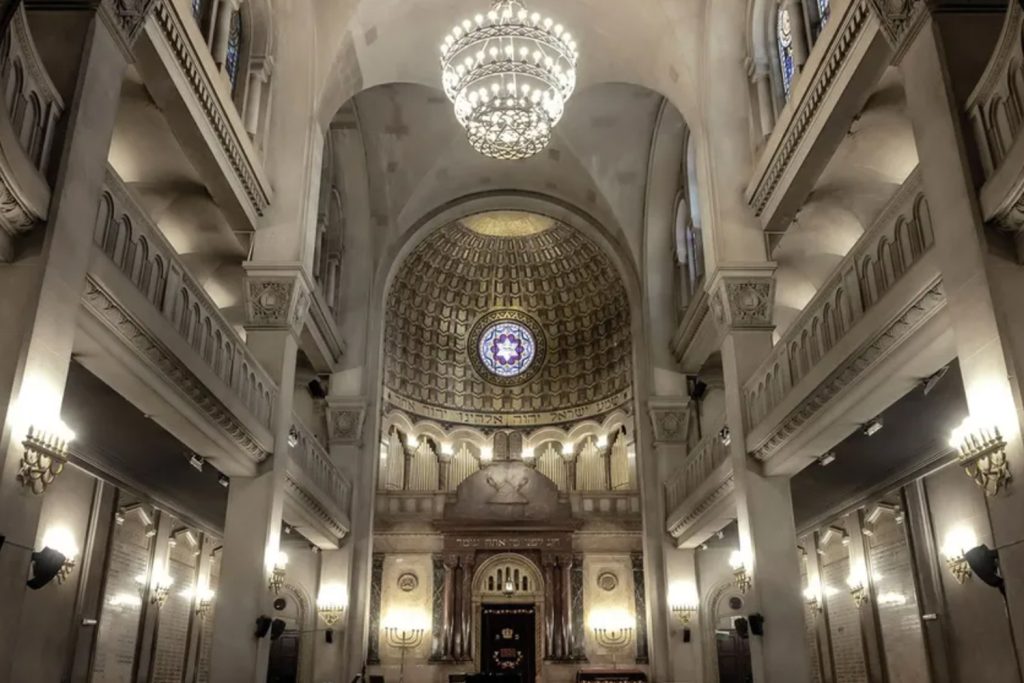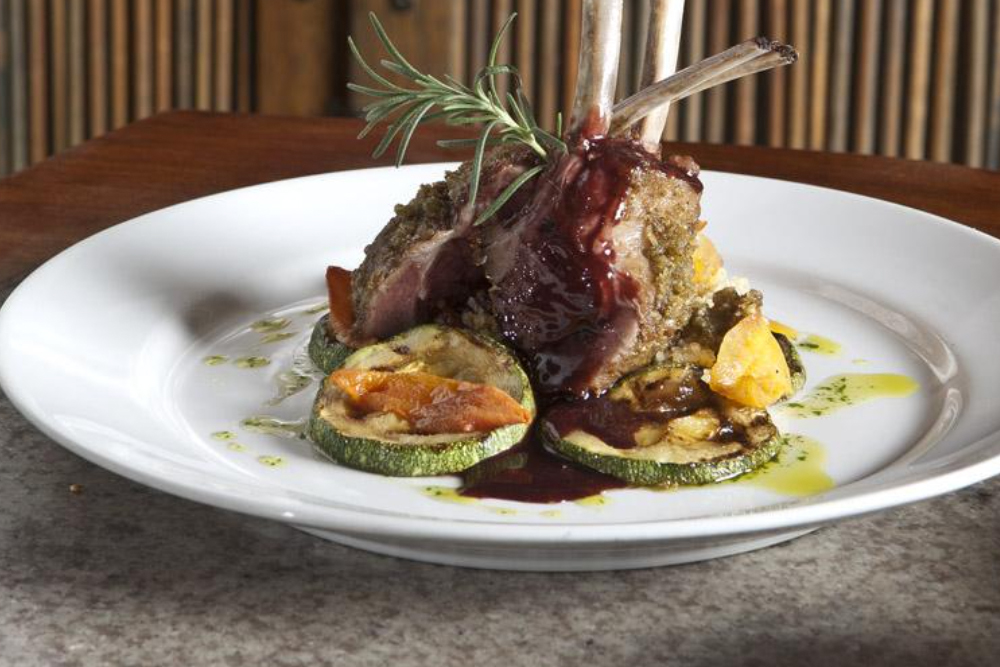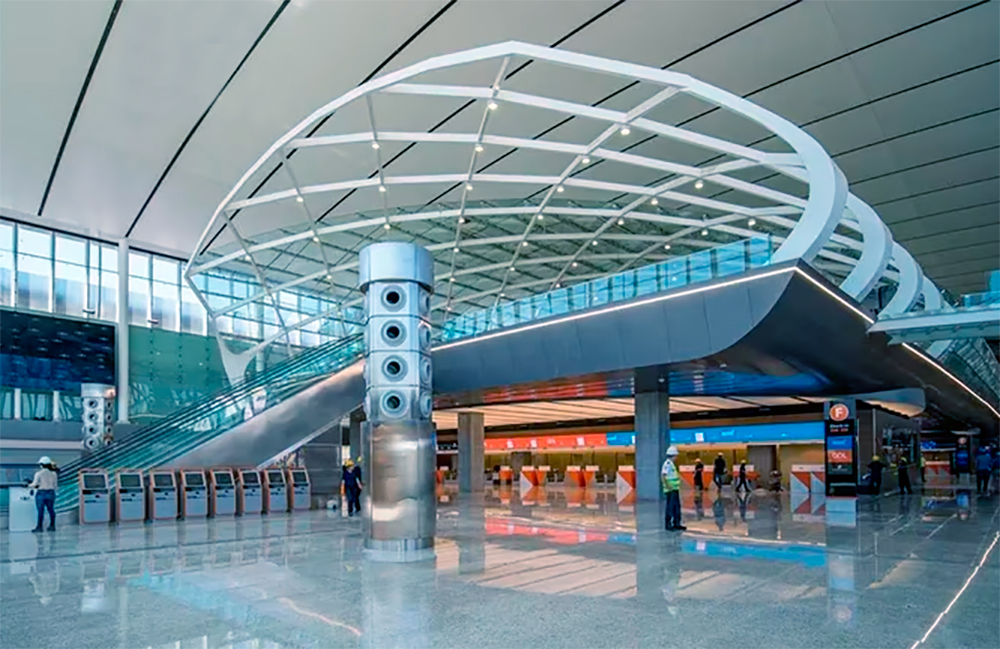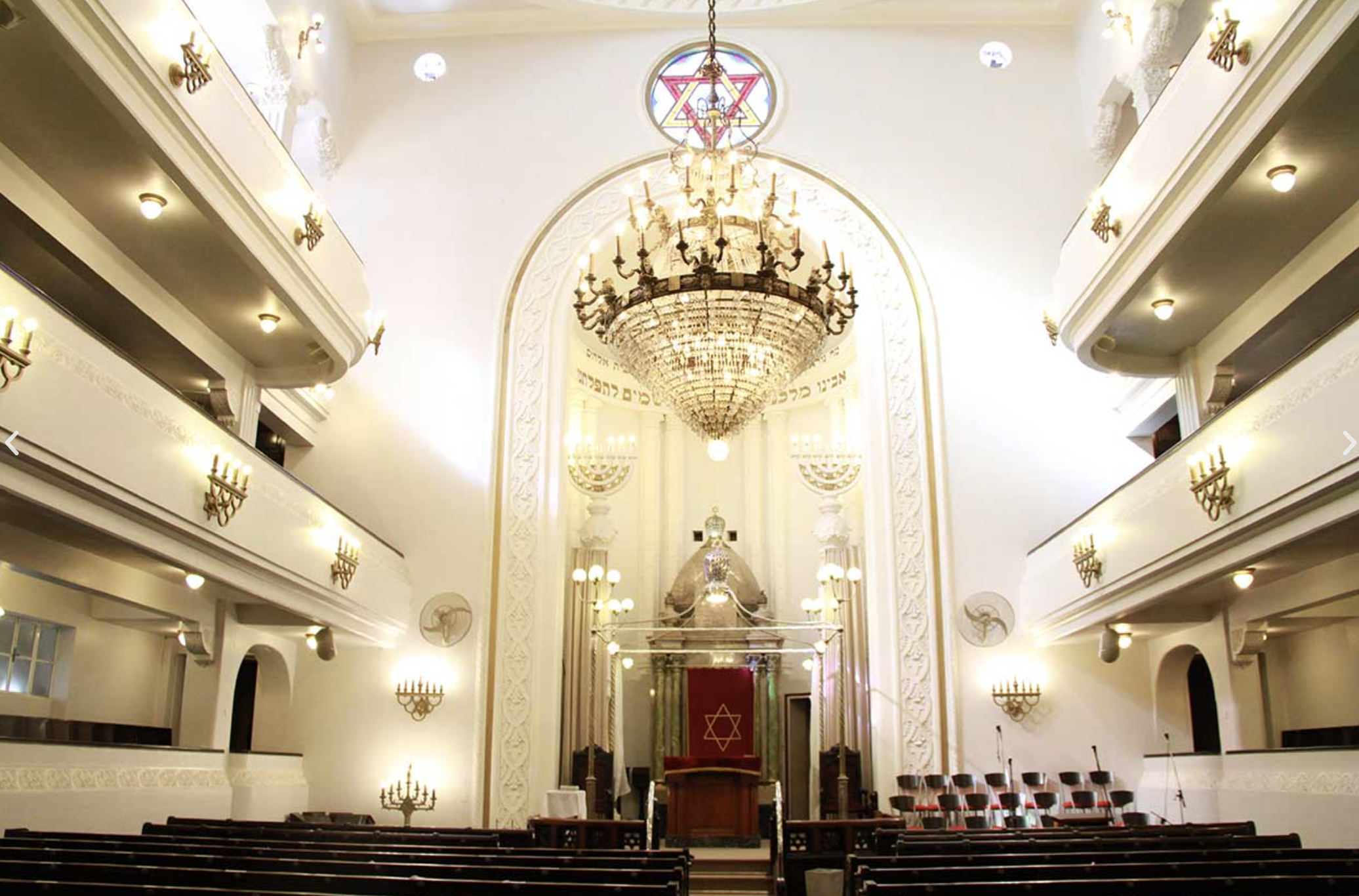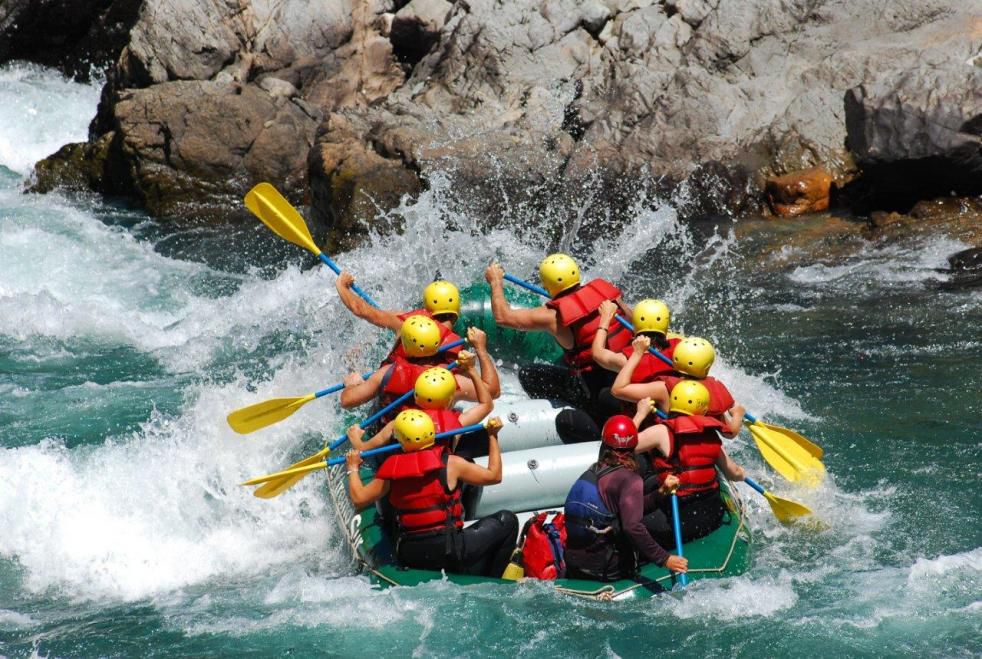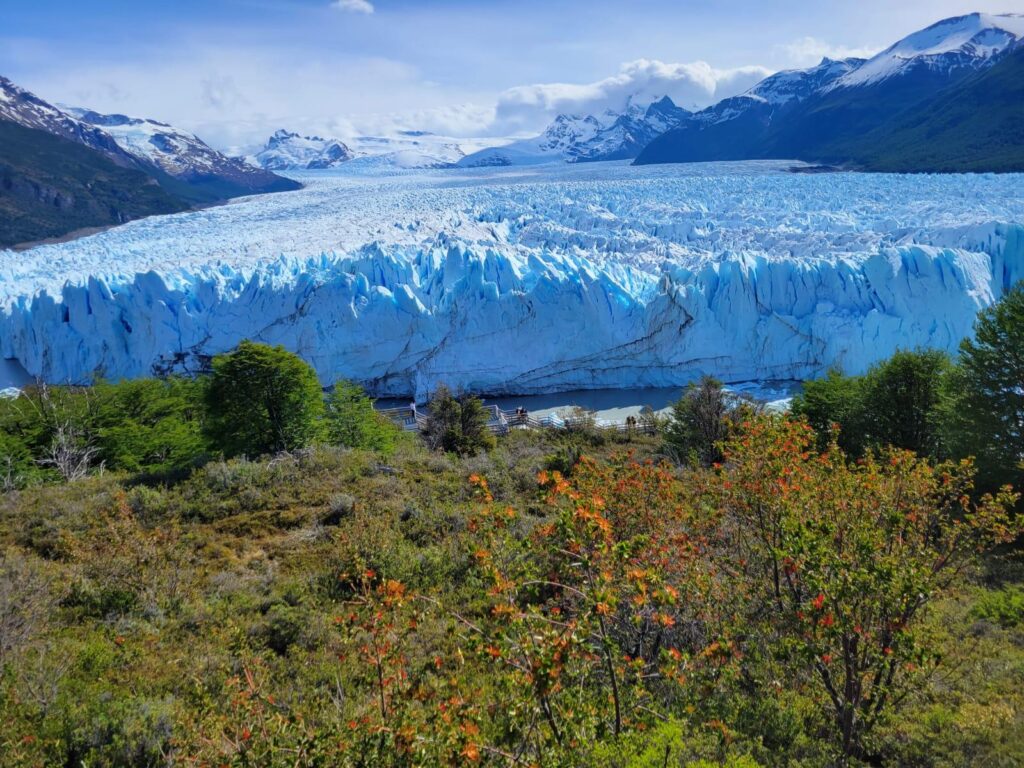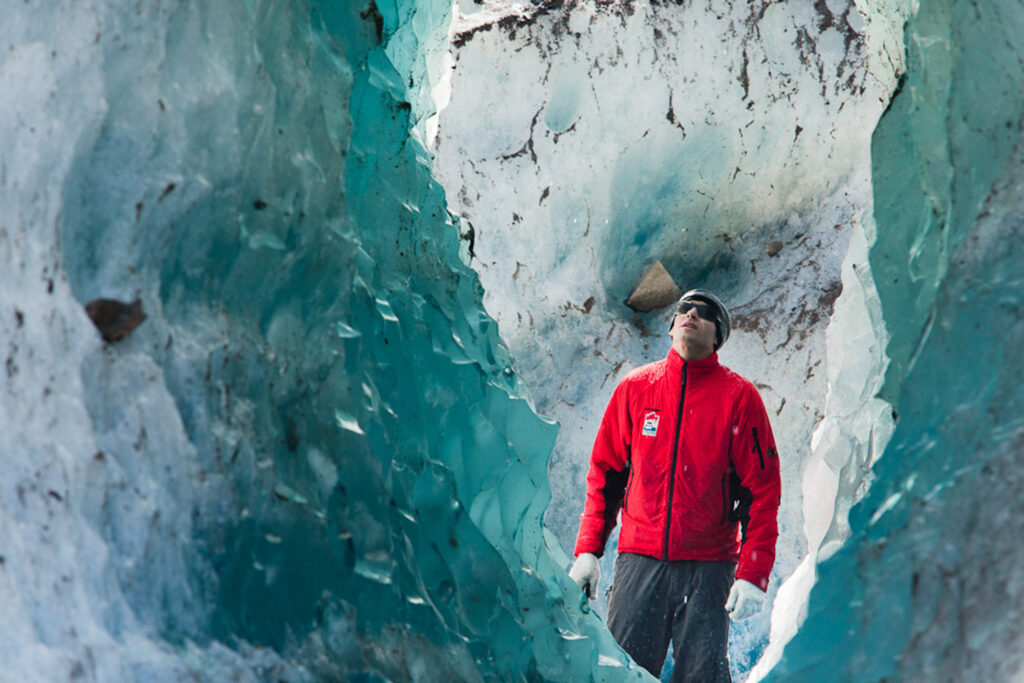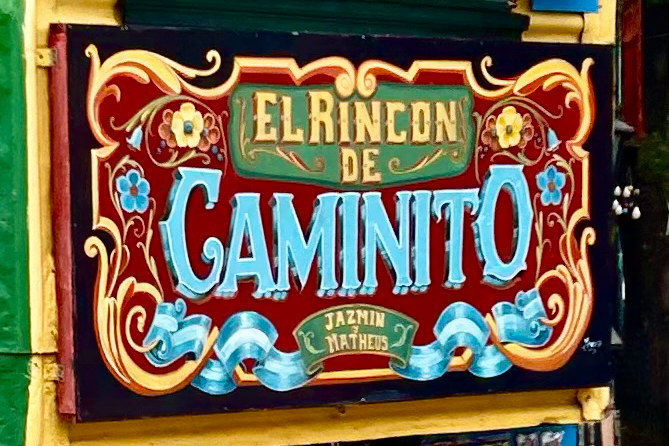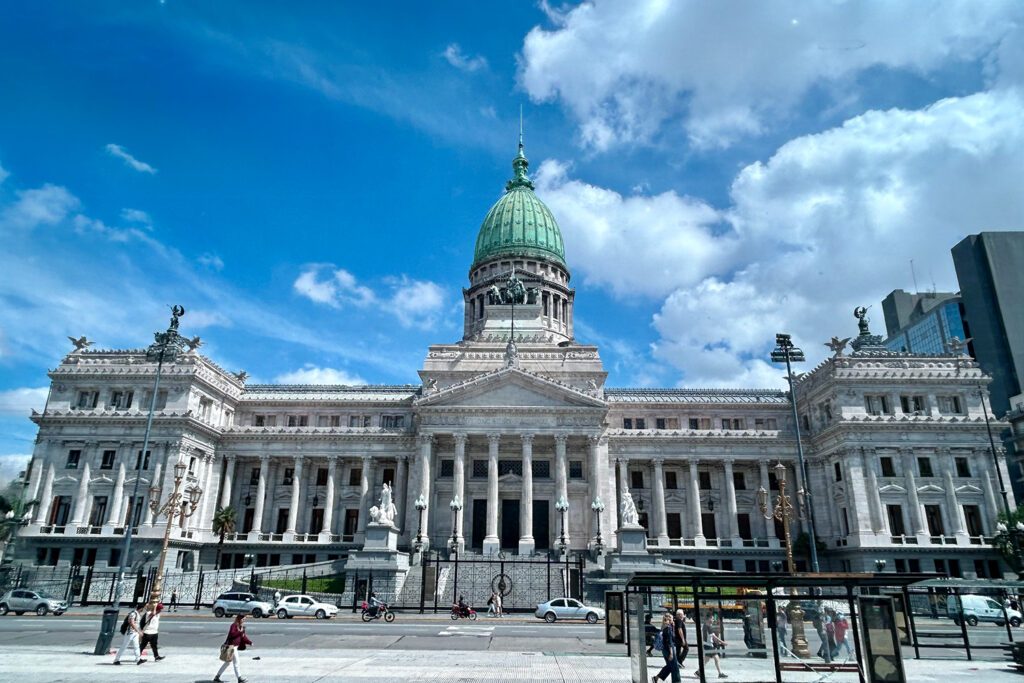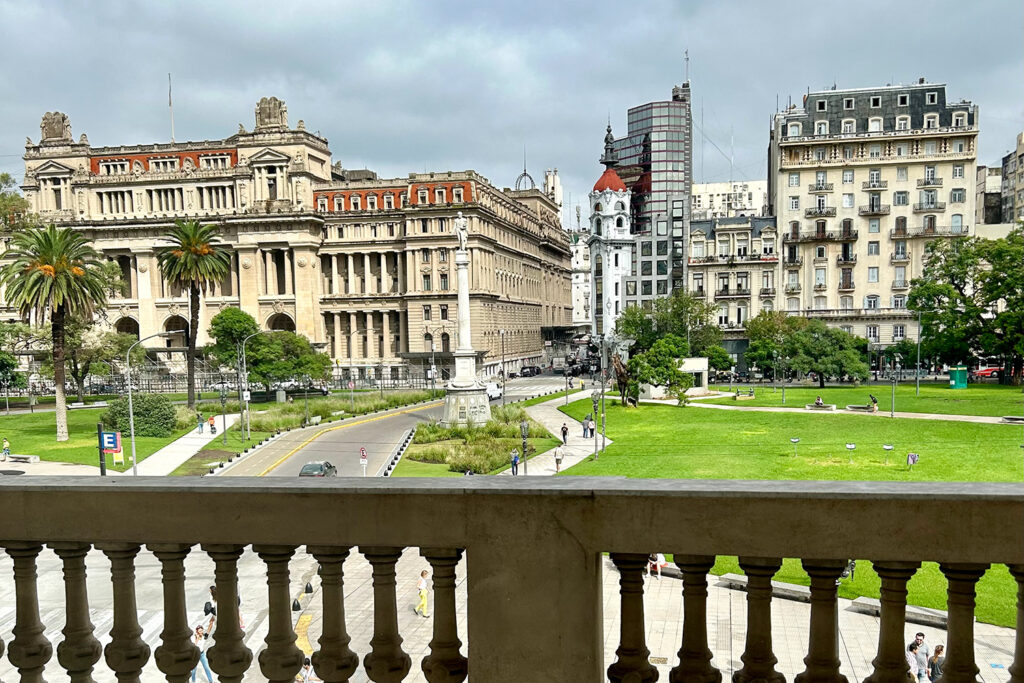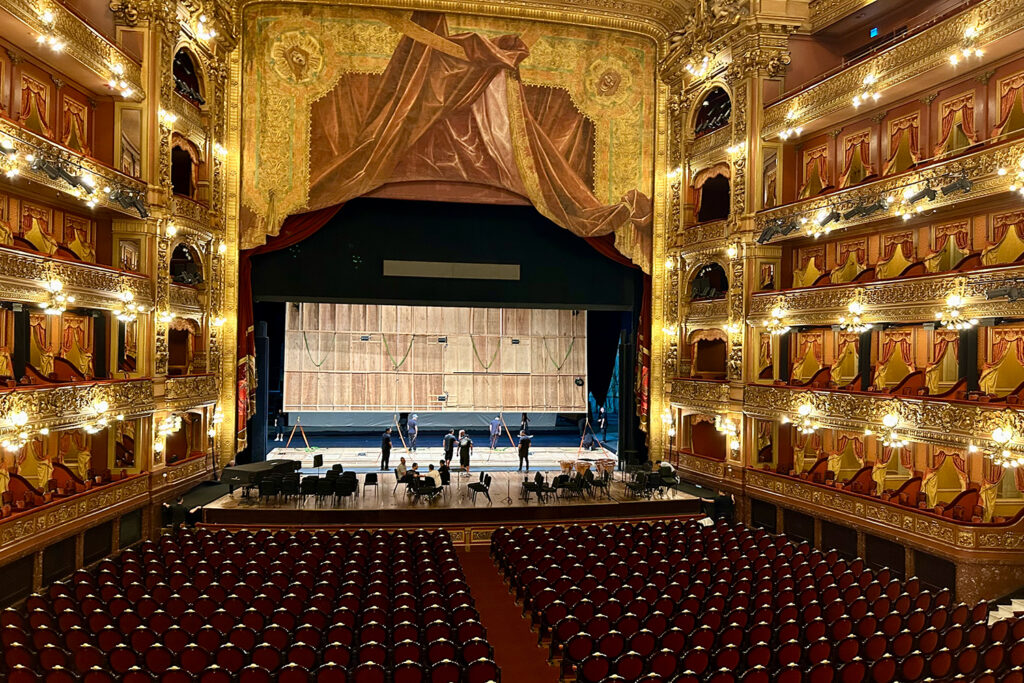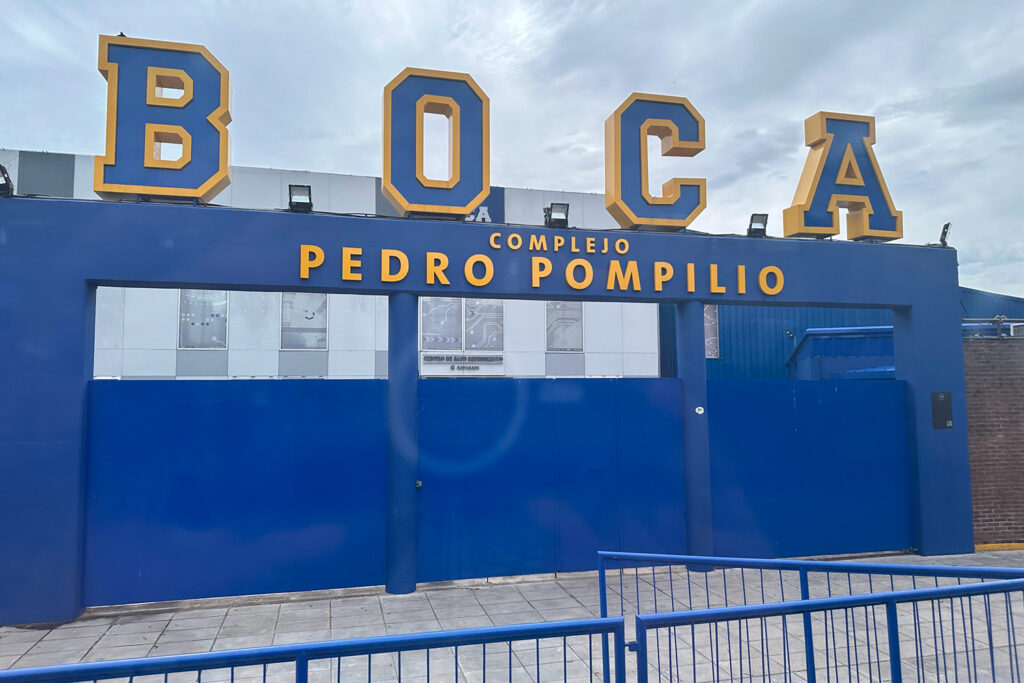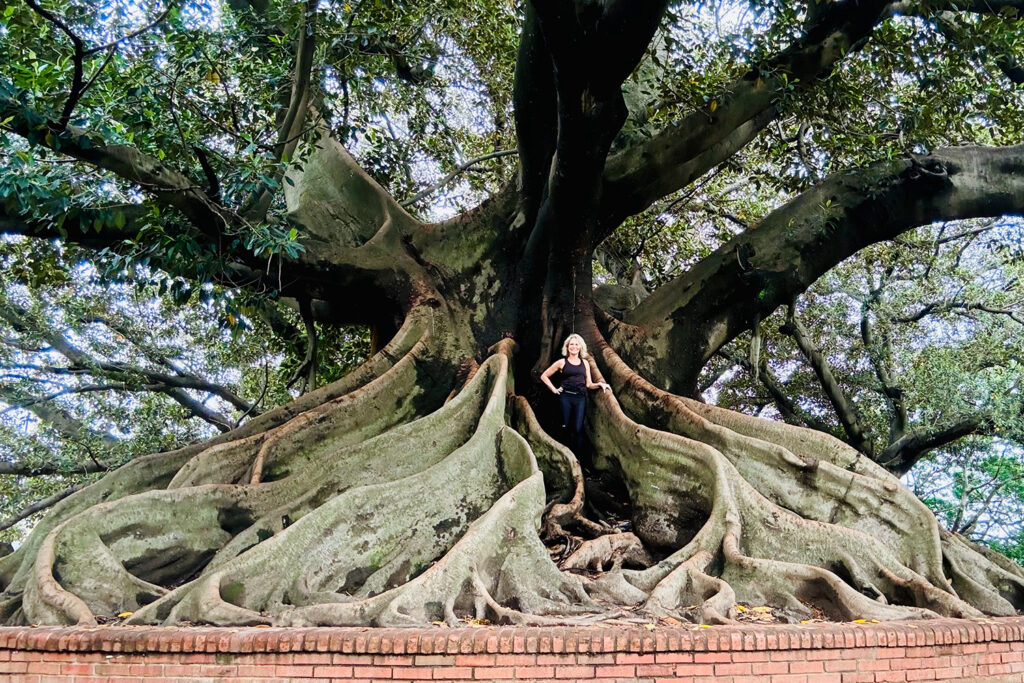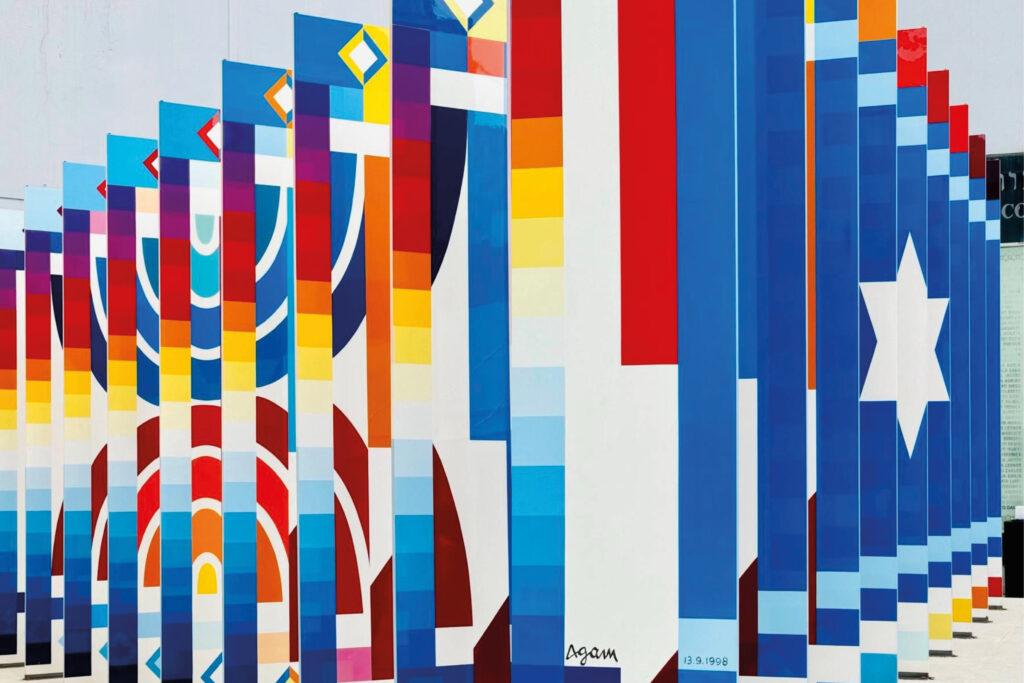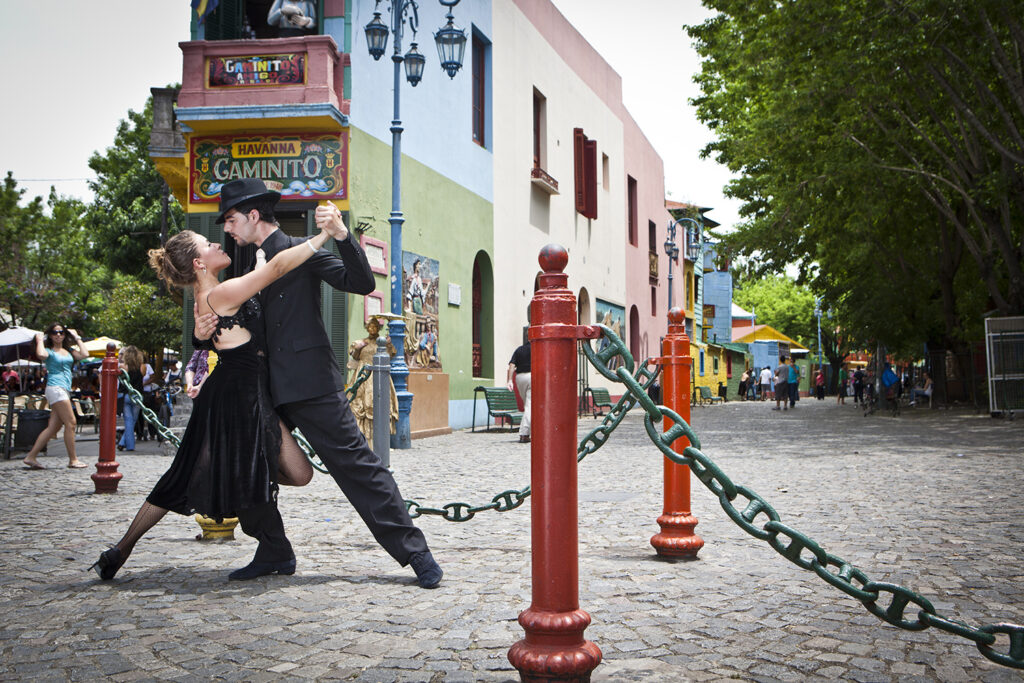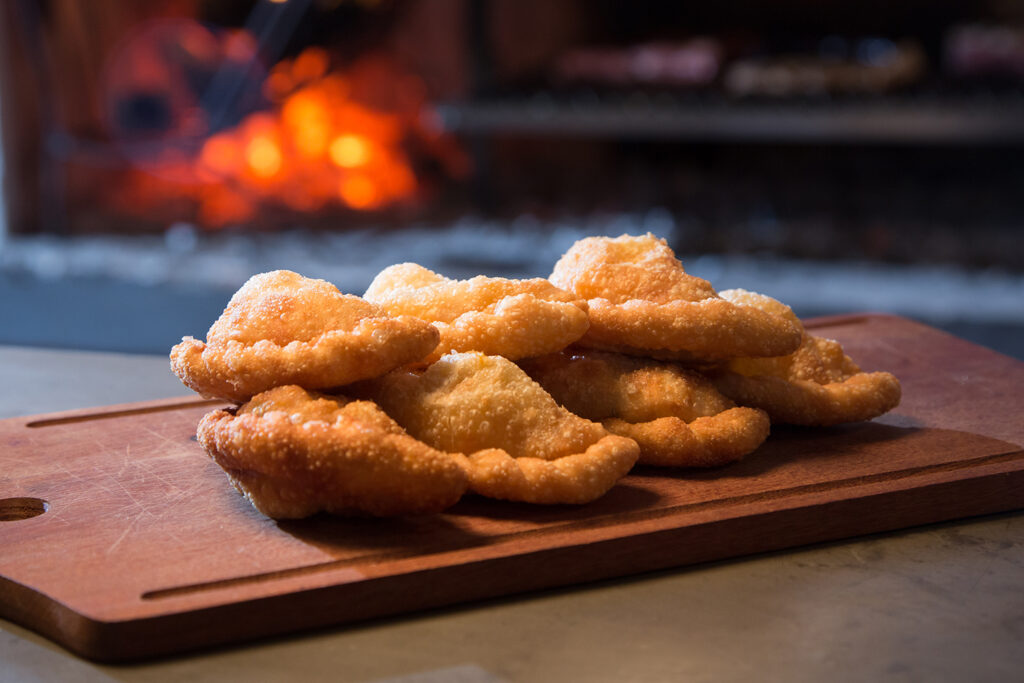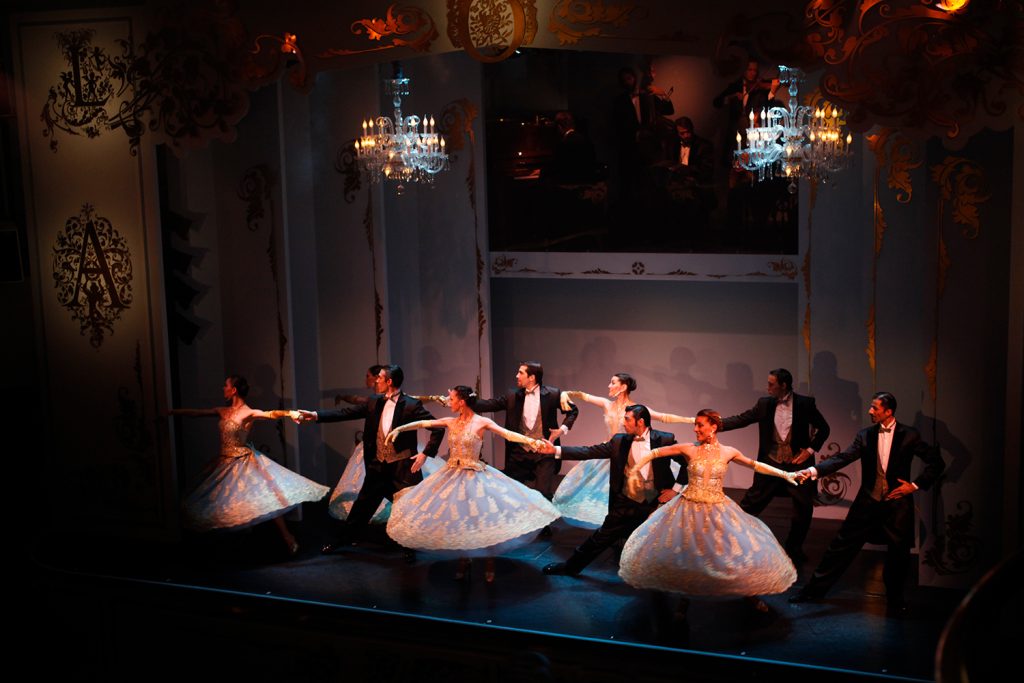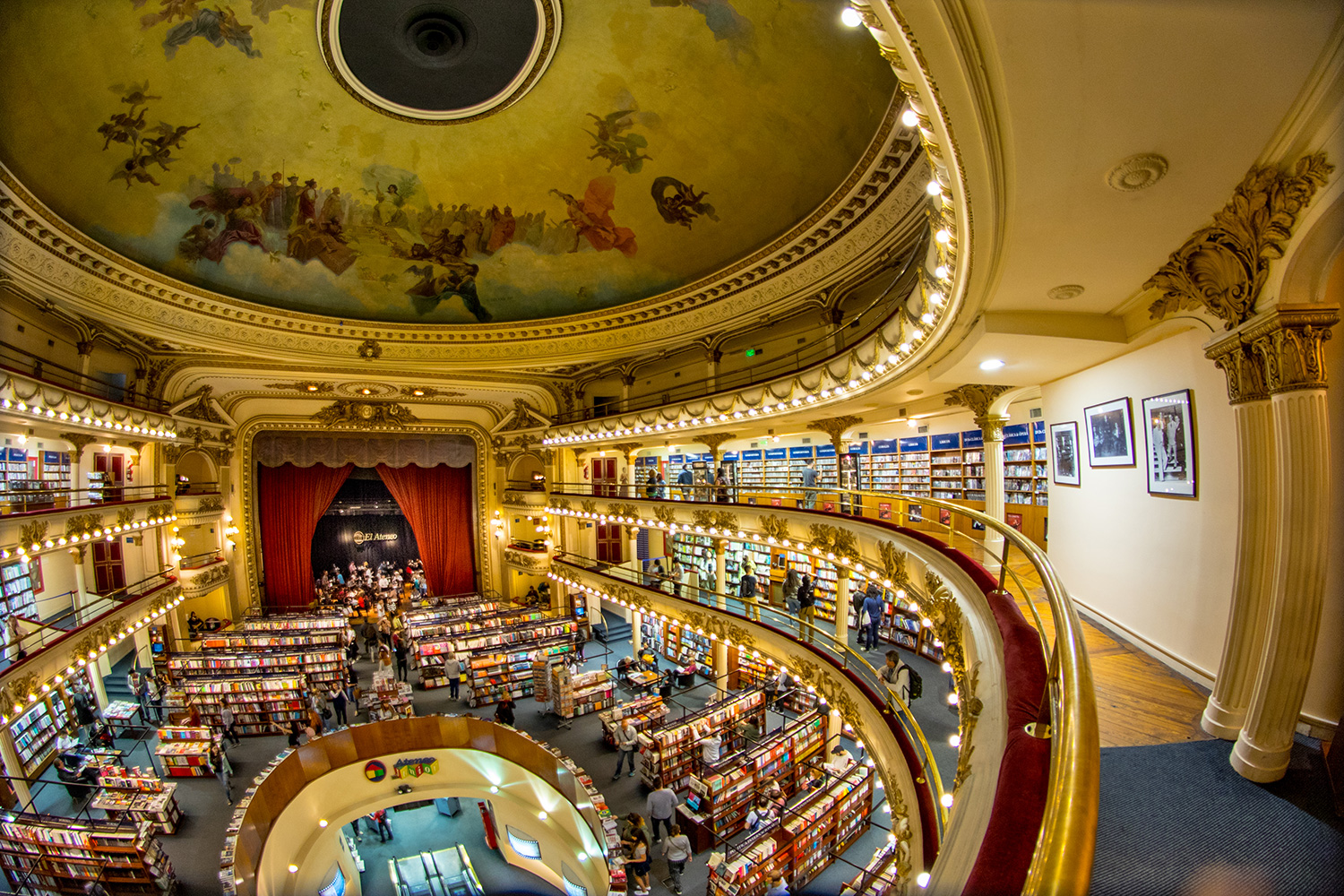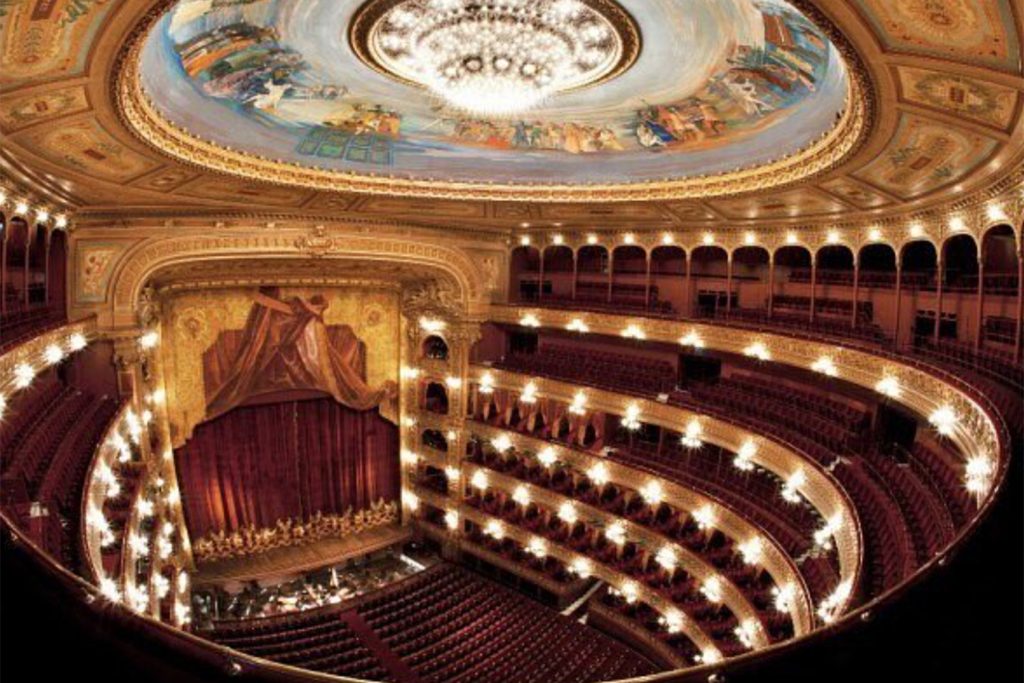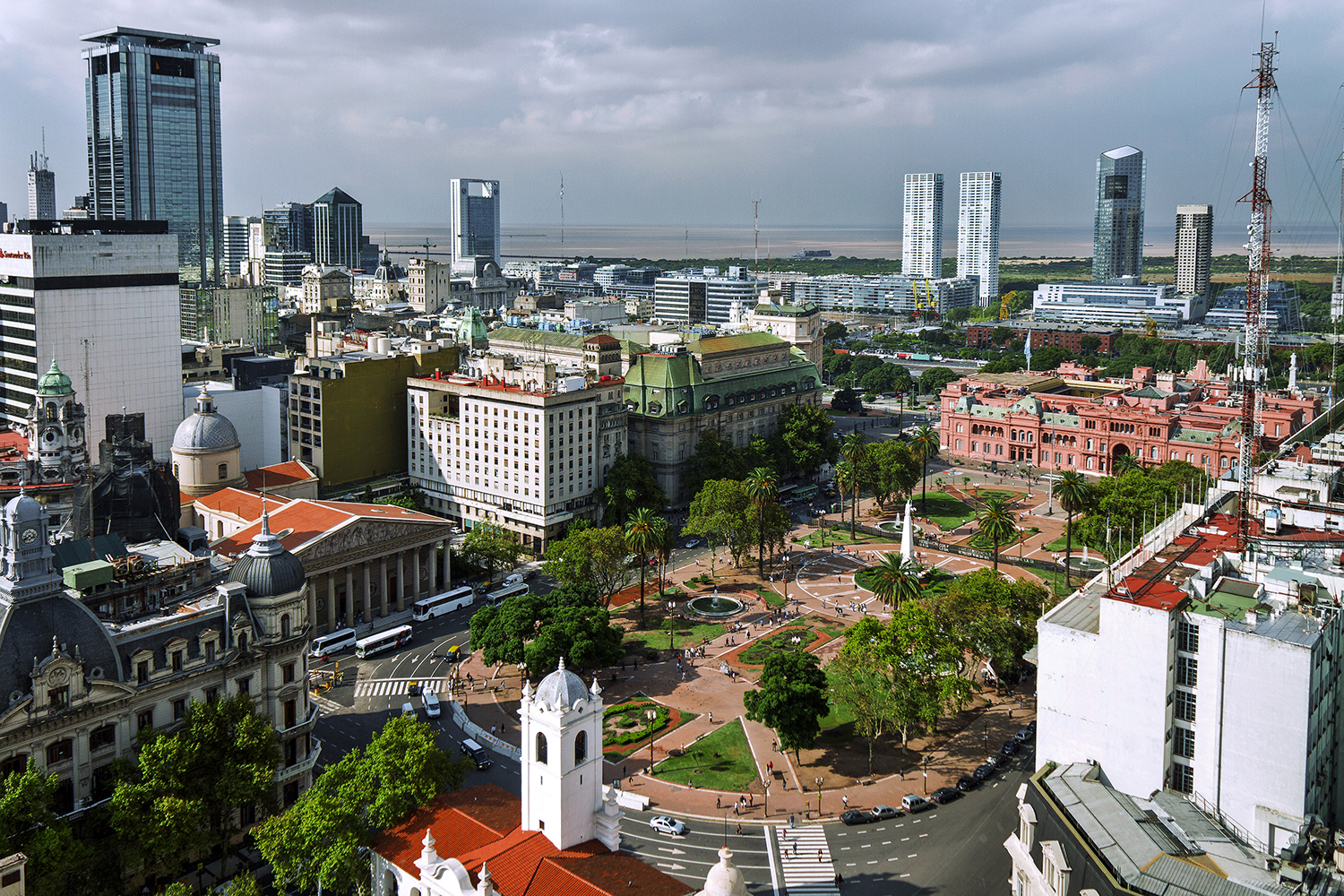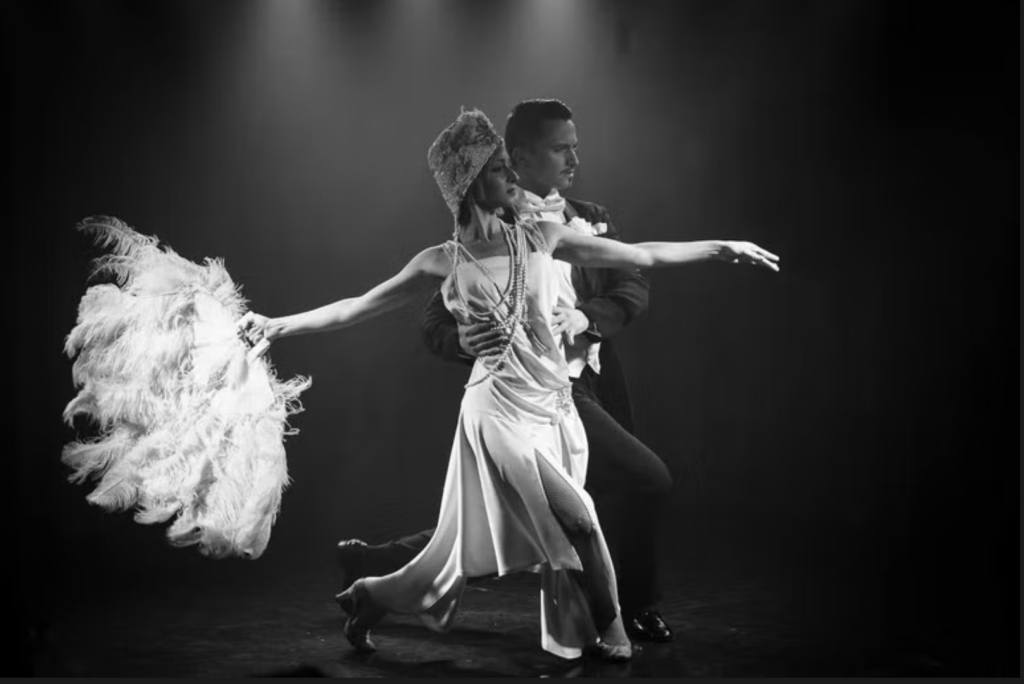The Best Restaurants in Recoleta, Buenos Aires (2025 Edition)
Looking for the best restaurants in Recoleta? This guide will take you through the top dining spots in one of Buenos Aires’ most elegant neighborhoods. Whether you’re craving fresh seafood, traditional Argentine steak, or innovative vegetarian cuisine, Recoleta offers top-tier dining experiences for every palate.


Best Seafood & Fish Restaurants in Recoleta
Roux – Upscale Seafood restaurant
Peña 2300, Recoleta, Buenos Aires
Roux is one of Recoleta’s most romantic fine dining restaurants, blending Parisian elegance with the bold flavors of Argentine cuisine. The atmosphere is intimate yet refined — candlelit tables, white shuttered windows, and classic decor set the scene. Helmed by renowned chef Martín Rebaudino, the kitchen focuses on traceable, top-quality seafood, with standout dishes like Ecuadorian yellowfin tuna tartare and Patagonian trout caviar.
But Roux is far more than a seafood spot. The menu also highlights exceptional meats, such as crispy goat sweetbreads paired with goat ricotta ravioli and finished with black truffle air.
Despite its gourmet credentials, Roux maintains a relaxed, unpretentious vibe — a fine dining bistro that feels approachable. It’s no surprise that it’s a local favorite among Recoleta residents, who return time and again for the consistently excellent food and warm, understated service.

Bis Bistró – French-Style Bistro with Modern Argentine Flavors
Vicente López 1661, Local 12, Recoleta, Buenos Aires
Tucked inside a quaint Parisian-style passageway, Bis Bistró feels like a secret culinary escape in the city. Created by chef Gonzalo Aramburu (of the Michelin-starred Aramburu), this cozy bistro balances retro charm with an updated seasonal menu.
Expect dishes like anchovy and caper Spanish omelets, Patagonian lamb rack, and pavlova with fresh fruit. It’s ideal for a stylish weekday lunch or a romantic evening out.
Save room for dessert: the crema catalana and house El Burladero – Spanish food in Recoleta and Tapas
Pte. J. E. Uriburu 1488, Barrio Norte, Buenos Aires
If you’re craving authentic Spanish cuisine in Buenos Aires, El Burladero is your go-to. Their Valencian paella, gazpacho, and beautifully plated tapas transport you straight to the Iberian Peninsula.
-made churros are local favorites. Bonus: their extensive Argentine-Spanish wine list pairs beautifully with the entire menu.
Best Vegetarian & Plant-Based Dining
Martí – Hidden Vegetarian Fine Dining
Rodríguez Peña 1973, Barrio Norte, Buenos Aires
Located behind an unmarked door, Martí feels more like a secret club than a restaurant. Once inside, you’re greeted with minimalist interiors, an open kitchen, and an entirely vegetarian tasting menu created by Germán Martitegui, one of Argentina’s top chefs.
From multi-course tasting dinners to a vibrant brunch menu, Martí proves that vegetarian cuisine in Buenos Aires can be elevated, artistic, and unforgettable.
Best Steakhouses in Recoleta (Parrillas)

Elena – Luxury Argentine Steakhouse in the Four Seasons
Posadas 1086/88, Recoleta, Buenos Aires
At the heart of the Four Seasons Hotel, Elena is one of the most acclaimed steakhouses in Latin America. Known for its dry-aged beef and charcuterie prepared in-house, Elena offers dishes like grilled sweetbreads with lemon emulsion and grass-fed Angus rib-eye.
The wine list is impressive, with bold Malbecs and rare Argentine vintages perfect for pairing.
Fervor – Classic Argentine steakhouse with Dry-Aged steaks
Callao & Posadas, Recoleta
Fervor brings timeless elegance with its black-and-white floors, vintage decor, and expert waitstaff. Known for premium dry-aged meats, it also excels with fresh fish selections, including Pejerrey and anchovies.
It’s a go-to for both tourists and locals seeking that iconic Buenos Aires steakhouse experience.
Best Italian Restaurants in Recoleta

Sottovoce – Upscale Italian food with Homemade Pasta
Avenida del Libertador 1098, Recoleta
Located near Recoleta’s parks, Sottovoce is a favorite for fine Italian dining. Dishes like aubergine Parmigiana, rotolo alla Bolognese, and black spaghetti with prawns are all standouts.
The restaurant is famous for its homemade pasta made from Candeal wheat and eggs, and unique options like brains alla Siciliana. Loved by food critics and locals alike. The chocolate volcano is also a must!
Quotidiano – Affordable, Fresh Handmade Pasta
Vicente López 2050, Recoleta
Il Quotidiano Bar de Pasta offers handmade pasta at accessible prices, perfect for a casual yet flavorful lunch or dinner. Using durum wheat semolina and eggs, their pasta is made fresh daily and served all day.
It’s a great balance between high quality and budget-friendly comfort food.
Local Gems You Shouldn't Miss
La Rambla – The Best Lomito (Steak Sandwich) in Buenos Aires
Posadas 1602, Recoleta
A true classic. La Rambla Café serves the legendary Lomito La Rambla — a filet mignon sandwich with ham, cheese, tomato, and lettuce, all tucked into toasted bread. Served by traditional waiters in white shirts and bow ties, this Recoleta café is perfect for a quick bite or casual lunch with real porteño charm.
El Sanjuanino – Best Empanadas in Recoleta
Posadas 1515, Recoleta
One block from most Recoleta hotels, El Sanjuanino offers authentic Argentine empanadas in a cozy, rustic setting. Whether you’re trying beef, chicken, or humita (corn), this spot is a staple of local cuisine*. In our opinion, the tastiest empanadas are the fried spicy or mild beef ones. You can also try the oven-baked beef empanadas, made with knife-cut meat, either spicy or mild. But if you want to go traditional, the classic beef empanadas are the way to go.
*the famous “locro”, a hearty stew we especially recommend during the colder months.
Möoi Recoleta: Stylish Brunch & Café in Buenos Aires
Larrea 1541, Recoleta, Buenos Aires
Looking for a modern, relaxed spot in Recoleta, Buenos Aires? Möoi is a favorite local café known for its bright, minimalist design and fresh, healthy menu. Perfect for brunch, lunch, or a light dinner, Möoi offers a welcoming atmosphere away from the city’s hustle.
Möoi’s menu features seasonal dishes with plenty of vegetarian and gluten-free options. Popular picks include avocado toast, homemade granola, fresh salads, and tasty pastries. Pair your meal with specialty coffees or fresh juices for a refreshing experience. Locals love Möoi for its quality food and casual vibe. It’s ideal for a relaxed meal or coffee break while exploring Recoleta’s cultural sites. If you want a healthy, stylish café in Buenos Aires, Möoi is a top choice.



